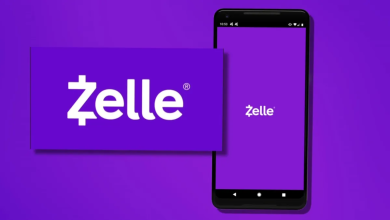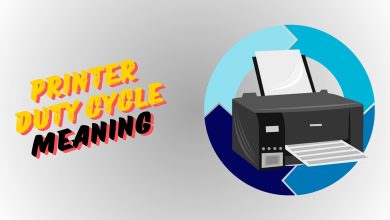6 Ways to Ignore Main libVLC Error in VLC Media Player
If you’re seeing the “libVLC.dll not found” error in VLC media player, don’t worry—fixing it is easier than it seems. This guide provides clear, expert-approved solutions to resolve the issue.

libVLC is the core of VLC media player, acting as a bridge to the multimedia system. It’s a C library with numerous plugins that support various multimedia applications across major operating systems.
The “libVLC.dll not found” error can arise due to:
- Corrupted or incomplete installation: Occasionally, the VLC media player does not install correctly, leading to missing or damaged files.
- Malware or virus infection: Harmful software can delete or damage the DLL file, resulting in errors.
- Outdated or missing system drivers: VLC requires the latest system drivers to function correctly. Outdated or missing drivers can cause issues.
- Compatibility issues: VLC may not function properly if it conflicts with other software on your computer.
- Hardware failure or malfunction: Problems with your hardware can prevent VLC from accessing the necessary files.
- User error: Accidentally deleting the DLL file can trigger this error message.
Rest assured, libVLC.dll is not a virus. It’s verified by multiple antivirus programs. Keep your system secure by regularly updating your software and performing routine scans. Follow this guide to get your media player running smoothly and enjoy uninterrupted video playback.
1. Ignore the libVLC Error

If you encounter a “libVLC.dll error” while using a VLC media player, you might be concerned initially, but sometimes the simplest solution is to do nothing. Ignoring the error can be effective, and here’s why:
- Temporary glitches: The error is often just a temporary glitch. Restarting VLC or your computer can resolve this without further action.
- Non-critical nature: Even with the error message, VLC might continue to function without issues, indicating the error is not critical.
- Risk of complications: Attempting to fix the error through complex steps may cause additional problems, especially if you’re unfamiliar with how the software functions. Avoiding these fixes can prevent further issues.
2. Uninstall and Reinstall the VLC player
The libVLC.dll file isn’t one you can simply add through Command Prompt, as it cannot be registered that way. While you might find this DLL file on third-party websites, it is difficult to guarantee those files’ safety. The best approach is to uninstall and reinstall VLC.
- Go to your computer’s Settings and click on “Apps.”

Click Apps - Scroll down the list until you find VLC player.

Find VLC from the list - Right-click and choose the “Uninstall” option. This will remove VLC player.

Click on Uninstall - Restart your computer, then download the player from VLC’s official website.

Download VLC
Once downloaded, open it and follow the steps to install VLC player on your computer again. Open the VLC player now. It should work without showing the error.
3. Update your Audio Drivers
VLC Media Player requires certain files to work properly. If your computer’s audio drivers are outdated or missing, VLC might experience sound problems or other issues. Here’s how you can update your audio drivers:
- Go to Settings, then find and click on “Update & Security.”

Click on Update & Security - Select “Windows Update.”

Select Windows Update - Choose “Check for updates.”

Click on Check for Updates - If there are updates for your audio drivers, install them.

Update the audio drivers
Once installed, restart your computer. Once your computer is back on, open VLC to check if the error has been fixed. You can also update your drivers from the Device Manager. Here’s how to do it:
- Access the Device Manager from the start menu.
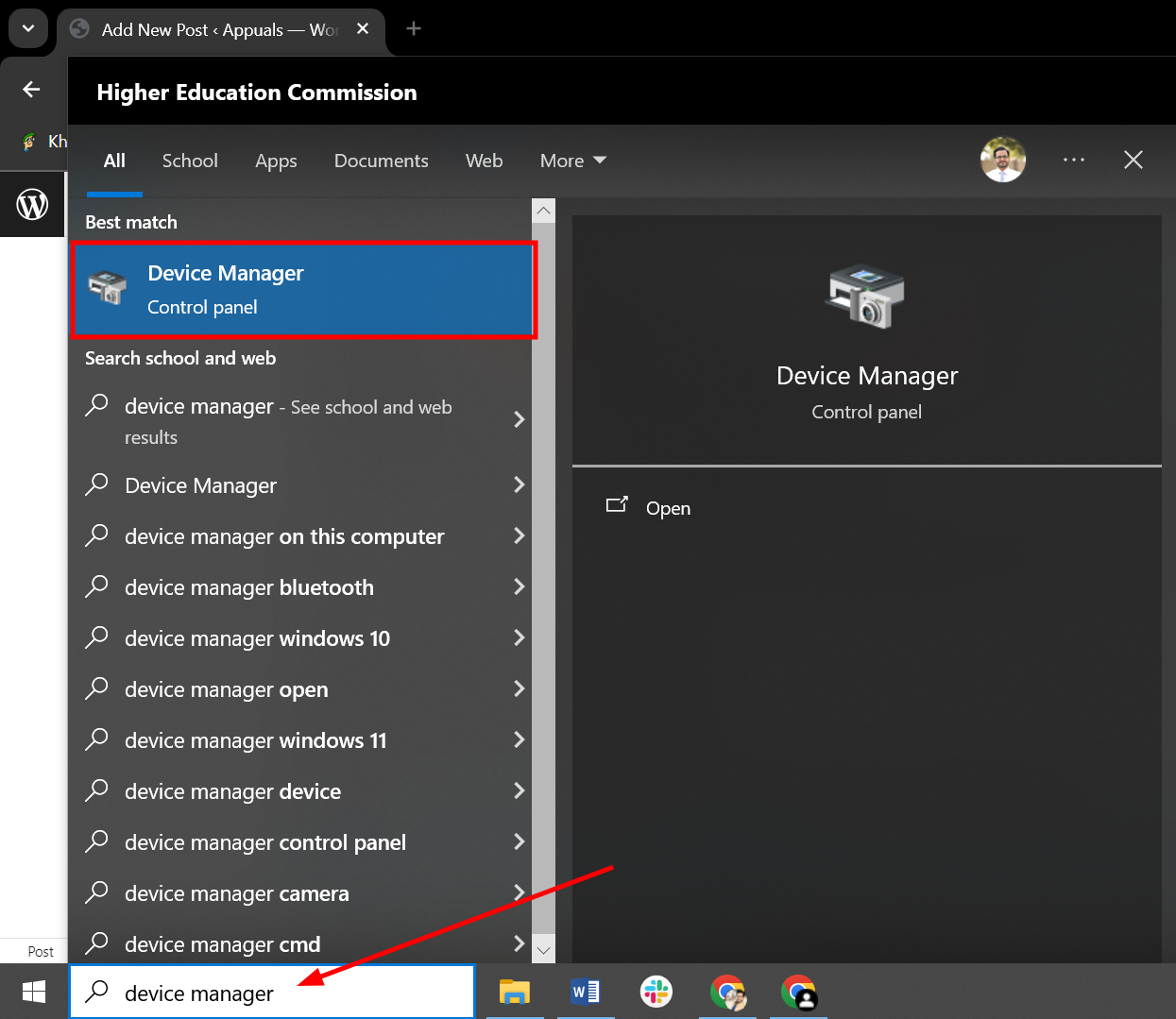
Open the Device Manager - Click on the drop-down arrow before “Audio inputs and outputs” and select your audio driver.
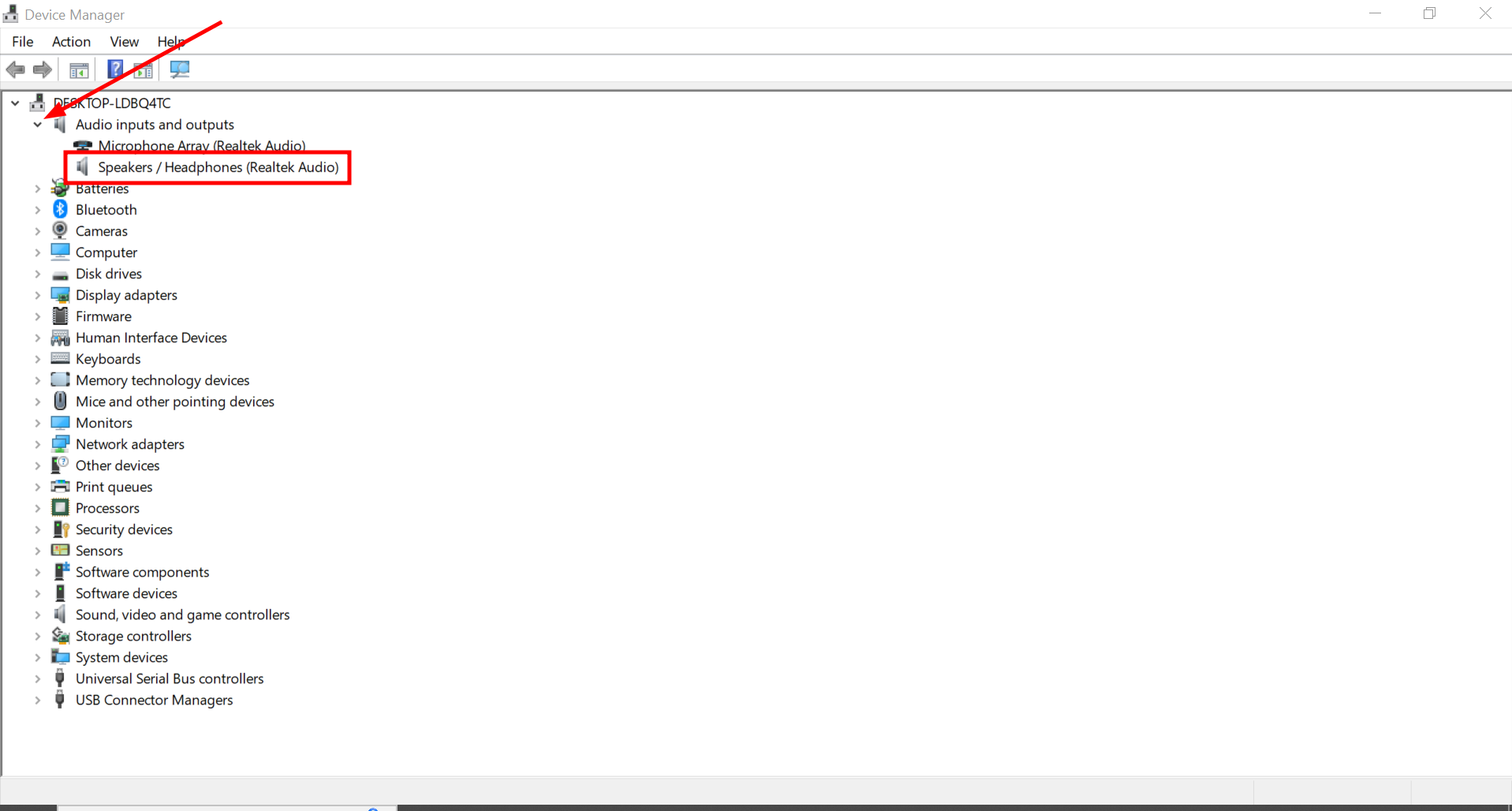
Select your audio driver. - Right-click on the audio driver and click on “Update Driver.”

Click on Update driver - Click on “Search automatically for drivers” to let Windows find the drivers.
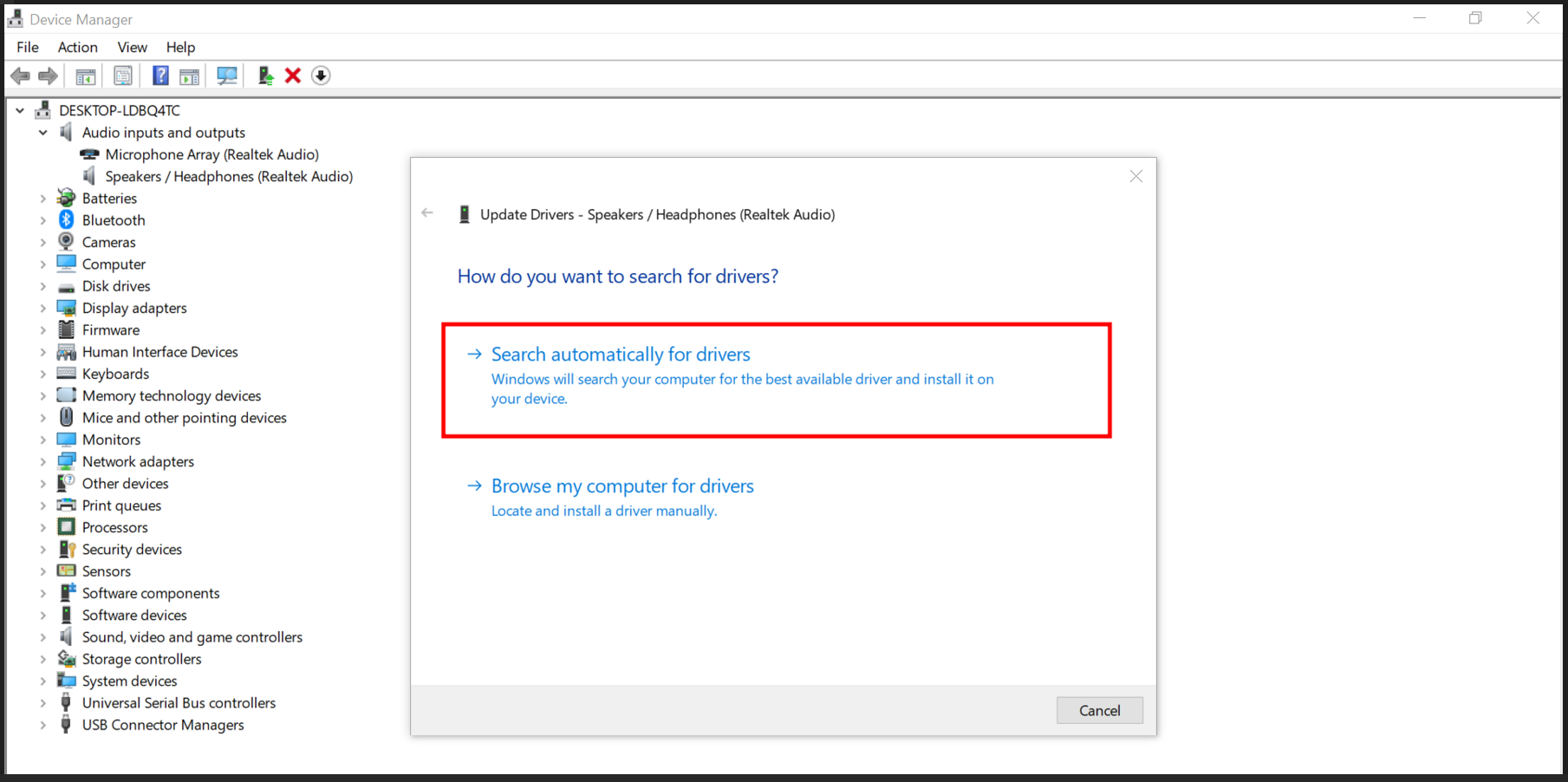
Click on Search automatically for drivers - If there’s an update available, install the drivers following on-screen instructions.
4. Disable Third-Party Antivirus Software
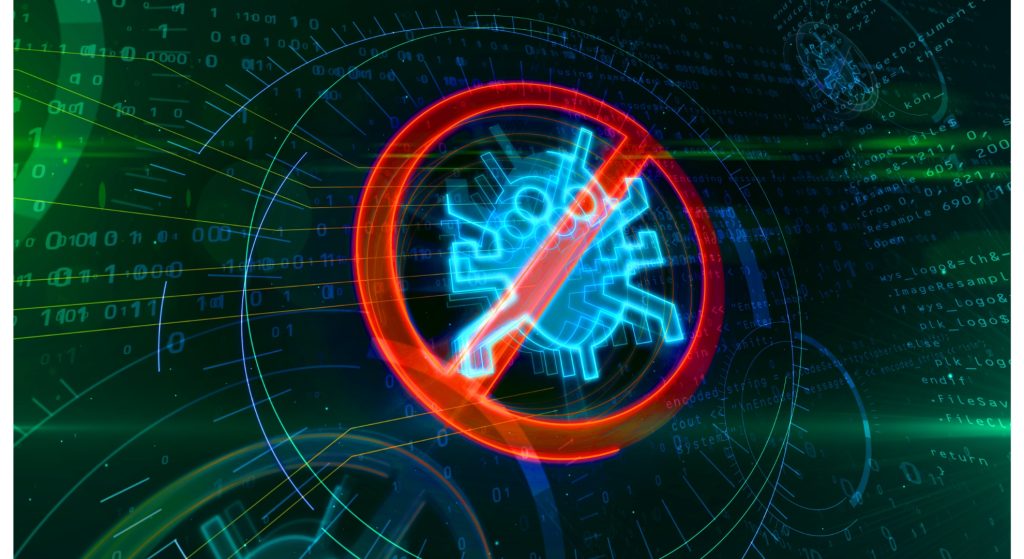
In some cases, your computer’s antivirus program might block VLC from installing and functioning correctly, which could lead to errors. A good strategy is to temporarily disable your antivirus before installing VLC to see if it makes a difference.
Be sure to turn your antivirus back on after VLC is installed. To disable your antivirus software, follow the instructions provided by the software manufacturer.
5. Fix libVLC.dll Missing Error with System File Checker (SFC)
The “sfc /scannow” command is a powerful tool that checks and repairs critical Windows system files. To use this tool, you’ll need to open the command prompt with administrator privileges.
- To open the command prompt as an administrator, press the “Win key” on your keyboard, type “Command Prompt,” right-click on it, and choose “Run as administrator.”
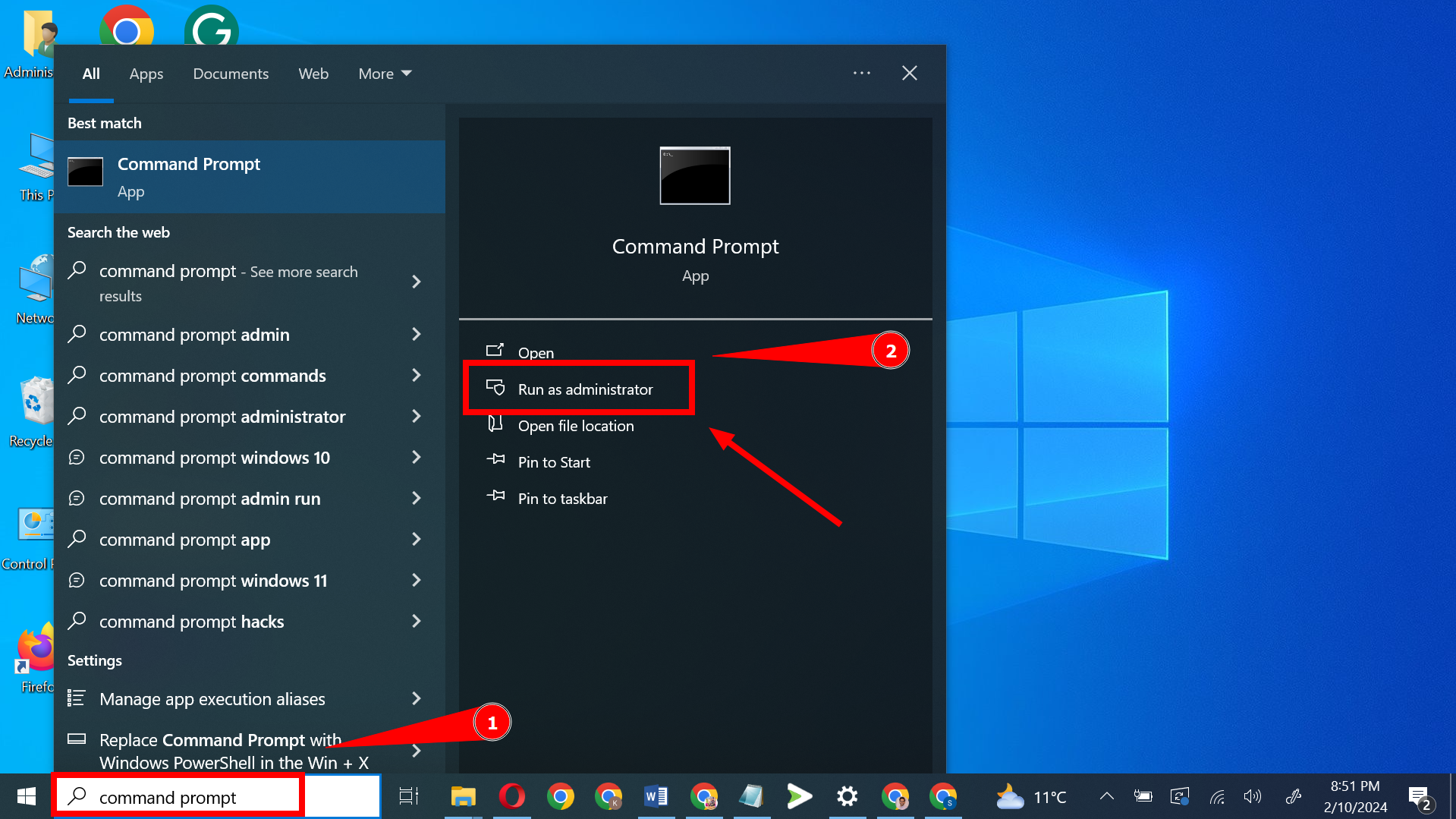
Run the Command Prompt as an administrator - Once the command prompt opens, type in “sfc /scannow” and press “Enter.
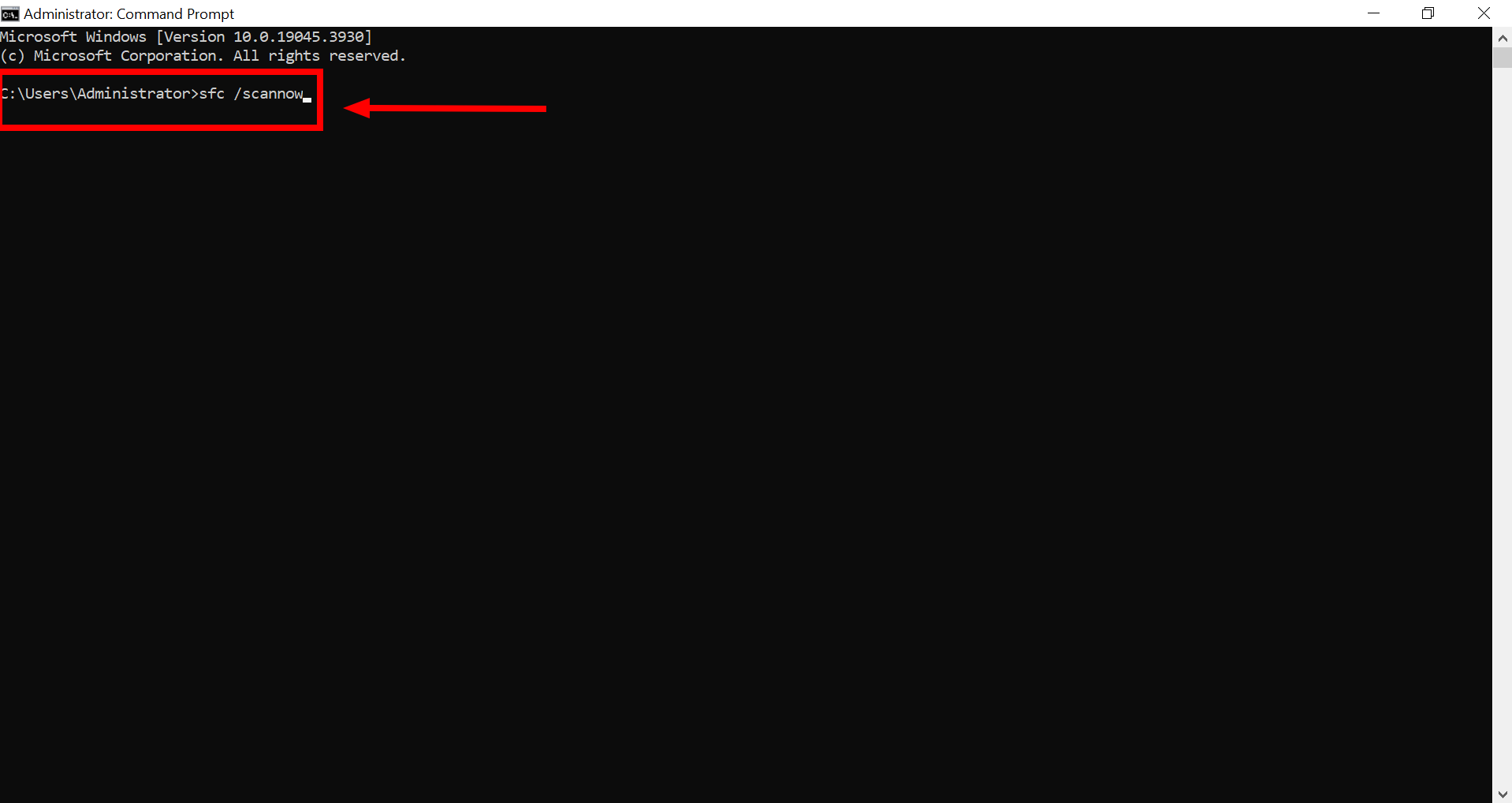
Type sfc /scannow - This will initiate a system scan, which might take some time, so be patient.
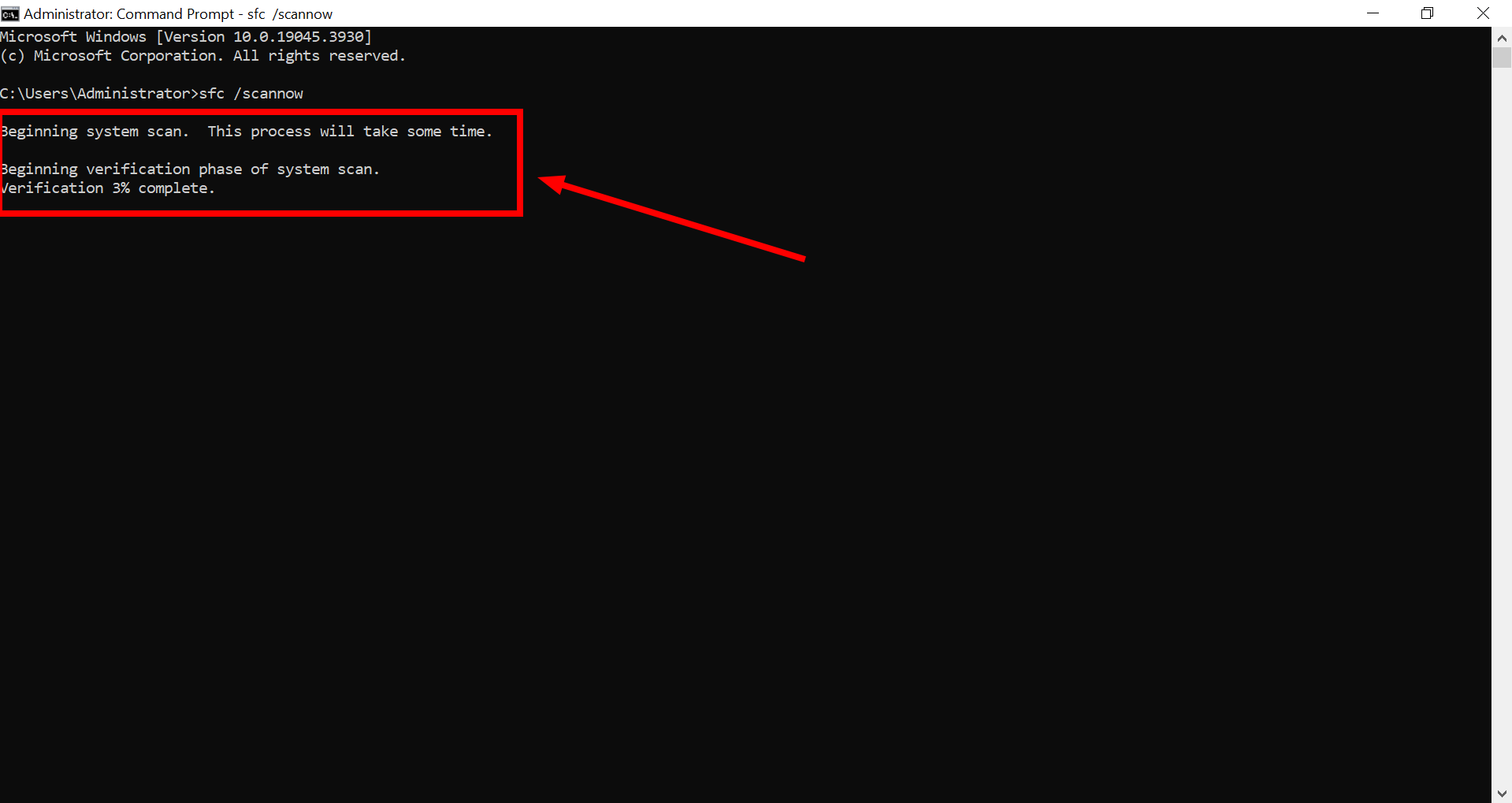
Scan will start
Most of the time, this resolves issues like these and can repair or delete corrupted files.
6. Run the System Restore
System Restore can be a useful tool for fixing a libVLC.dll error. It allows you to return your computer to a time before the libVLC.dll file was damaged, effectively undoing changes that might have caused the error. Here’s how to use System Restore to solve the libVLC.dll error:
- Press the “Win + R” keys to open the “Run dialog” box. Type in “rstrui” and click OK to launch the system recovery utility.

Type in “rstrui” and click OK - In the System Restore window, you might see an option to “Choose a different restore point.” If this is available, select it and click Next. Check the “Show more restore points” box to view all available dates.

Check the Show more restore points box - Choose a date that will reset Windows to a point before the libVLC.dll error started. It’s important to pick a restore point from a time when you know everything was working fine.

Choose the date you want to restore system to - After selecting a date, click “Next.”

Click Next
This process might take a few minutes. Once the system restore is complete, click Finish to confirm the restoration. This will return your system to an earlier, functioning state.
FAQs
Switching to a different media player can bypass the libVLC.dll error, as the error is specific to VLC media player. However, this doesn’t resolve the underlying issue. If you prefer VLC’s features, it’s best to attempt fixing the error using the methods provided in our guide.
To prevent future libVLC.dll errors, regularly update your VLC media player and your operating system. Ensure that your antivirus software is up-to-date and perform regular system scans. Avoid downloading DLL files from untrusted sources.
Yes, reinstalling Windows can fix the libVLC.dll error, but it should be considered a last resort due to the data loss it can cause. Try other troubleshooting methods first, such as those outlined in this blog post.
If none of the suggested fixes resolve the libVLC.dll error, consider seeking help from the VLC support forum or a professional IT technician. There may be a deeper issue with your system that requires expert analysis.
 Reviewed by
Reviewed by 

